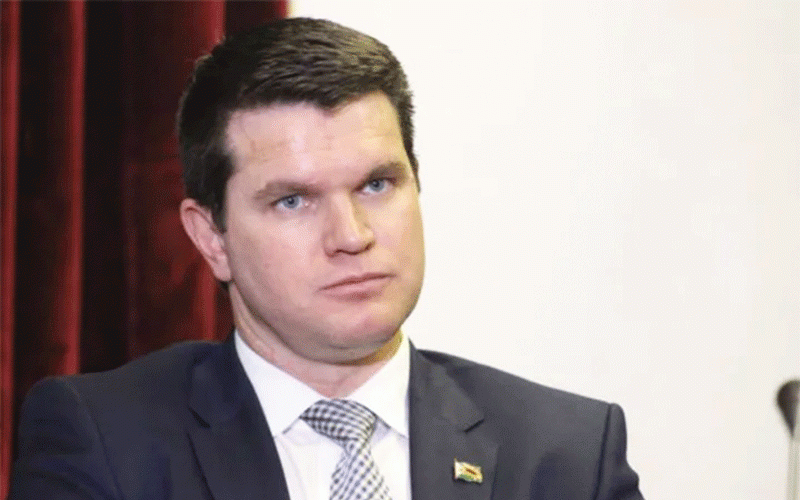
AUSTRALIA-LISTED Invictus Energy has commenced the second phase of its exploration programme at the Cabora Bassa project as it seeks to identify future search wells with the potential to give Zimbabwe energy security, NewsDay Business reports.
The phase two exploration commenced with a 2D seismic programme, according to the resource outfit whose earlier explorations have so far picked good signs of light oil.
So far, the company has raised A$35,4 million (about US$23,57 million) to fund the programme.
“The commencement of line clearing activities for the CB23 seismic campaign marks the start of operations for our phase two exploration programme in the Cabora Bassa Basin,” managing director (MD) Scott Macmillan said in a shareholder update yesterday.
“This additional data will help us firm up several already identified leads on trend with Mukuyu and in the Basin Margin Play into drill ready prospects.
“It is a key part of our strategy to build on the success of the recent Phase 1 campaign, which saw the Mukuyu-1/ST1 wells confirm the presence of light oil, gas and helium in the basin.”
The MD added: “This is just the first step to unlocking the potential of the Cabora Bassa Basin, with the seismic campaign to identify future exploration wells with the potential to not only add to Zimbabwe’s future energy security, but the entire southern Africa region.
“We also remain on schedule to spud the Mukuyu-2 appraisal well in the third quarter-CY23 [calendar year 2023] with the aim of confirming a commercial discovery and putting the company on a pathway to development.”
- Mavhunga puts DeMbare into Chibuku quarterfinals
- Bulls to charge into Zimbabwe gold stocks
- Ndiraya concerned as goals dry up
- Letters: How solar power is transforming African farms
Keep Reading
Invictus signed an exploration, development and production deal with Zimbabwe in 2018, and exploration started last year in the Cabora Bassa Basin, some 200km north Harare, which is estimated to hold 20 trillion cubic feet of gas.
Along with light oil and gas condensate, Invictus announced it also found the presence of helium gas in commercial concentrations in the Mukuyu-1 well. Helium is used in the production of semiconductors and liquid crystal display panels.
Polaris Natural Resource Development (Polaris) was roped in to carry further exploration. Work has officially commenced following the start of line clearing operations.
The firm has mobilised staff to the site, along with the vibroseis units and recording equipment that will be used to carry out the 2D seismic campaign, which will incorporate the company’s experience from the successful CB21 Seismic Survey acquisition, also carried out by Polaris and helped to inform drilling of Mukuyu-1/ST1 wells.
As with the CB21 campaign, Polaris carried out a local recruitment drive, which will see 100 local employees involved in the seismic campaign, the vast majority of whom come from the local communities where the seismic infill operations are focused, Invictus indicated.
The CB23 survey will cover a minimum of 400-line kilometres in the eastern portion of EPOs 1848 and 1849 to mature multiple leads (Mopane, Musuma, Machabel and Mahogany) along the proven play to the east of, and on trend with, Mukuyu.
The survey will also cover additional leads along the highly prospective Basin Margin play (Mimosa and Mukwa).
The aim of the seismic campaign is to mature a number of these identified leads to drillable prospects.
The company already has seven drill-ready prospects across the Cabora Bassa Basin project, estimated to contain a combined 5,5 billion barrels of prospective resources in oil equivalent (boe) on a gross mean unrisked basis.
Drill ready prospects in the Central Fairway Play (Mukuyu and Msasa) have been independently estimated to hold 4,3 billion boe in prospective resources, on a gross mean unrisked basis.
The Basin Margin Play contains five drill-ready prospects (Baobab, Acacia, Marula, Mukamba and Mimosa), which have been independently estimated to hold nearly 1,2 billion barrels in prospective resources of conventional oil on a gross mean unrisked basis.
The CB23 seismic campaign is anticipated to be completed in July and will be followed by processing and interpretation to take place over the second half of the calendar year 2023.







